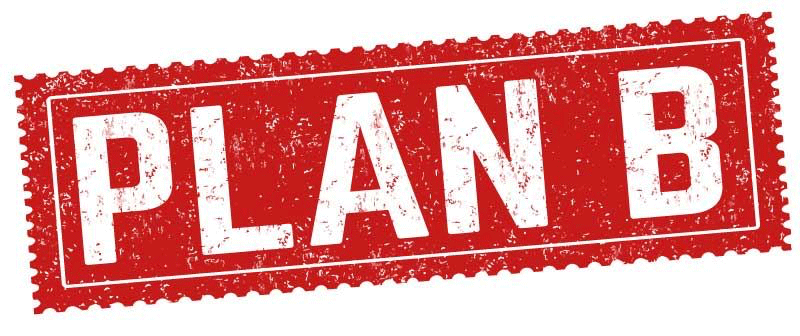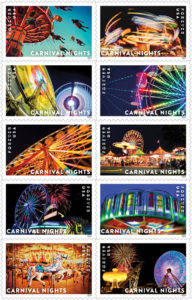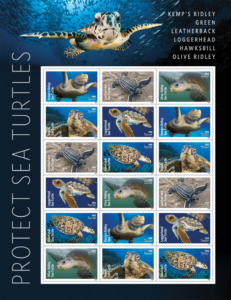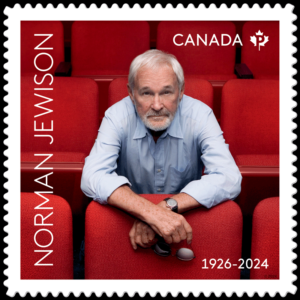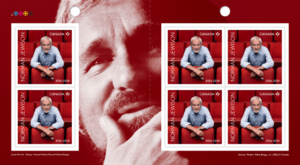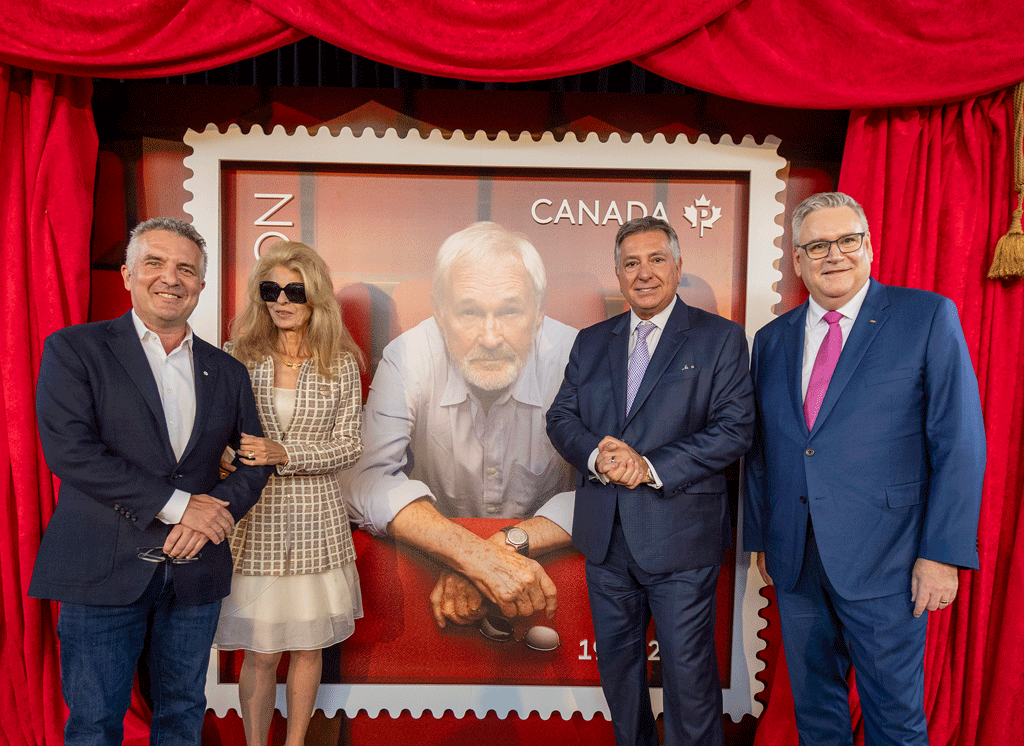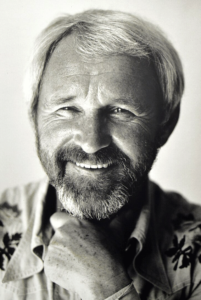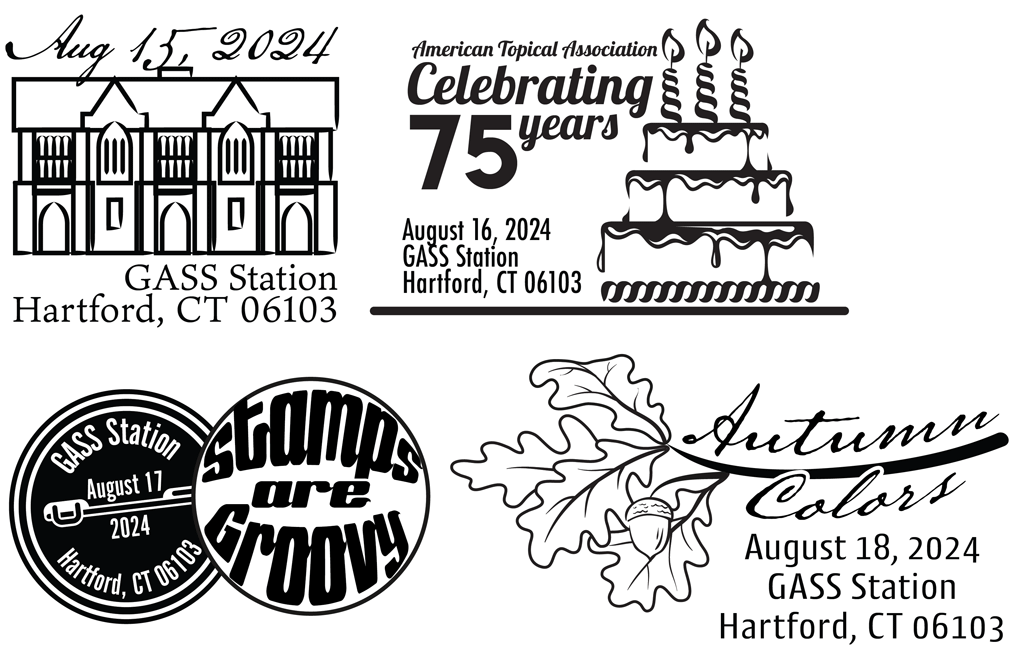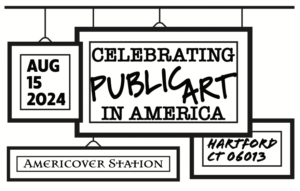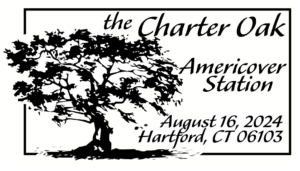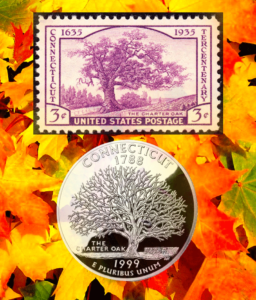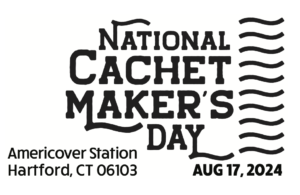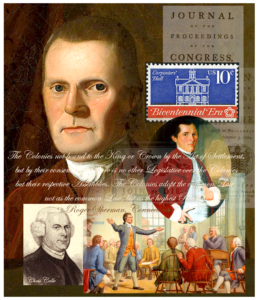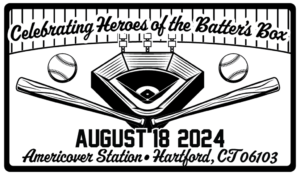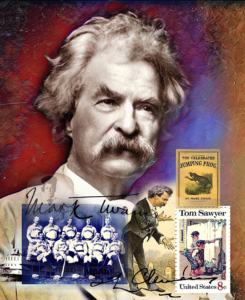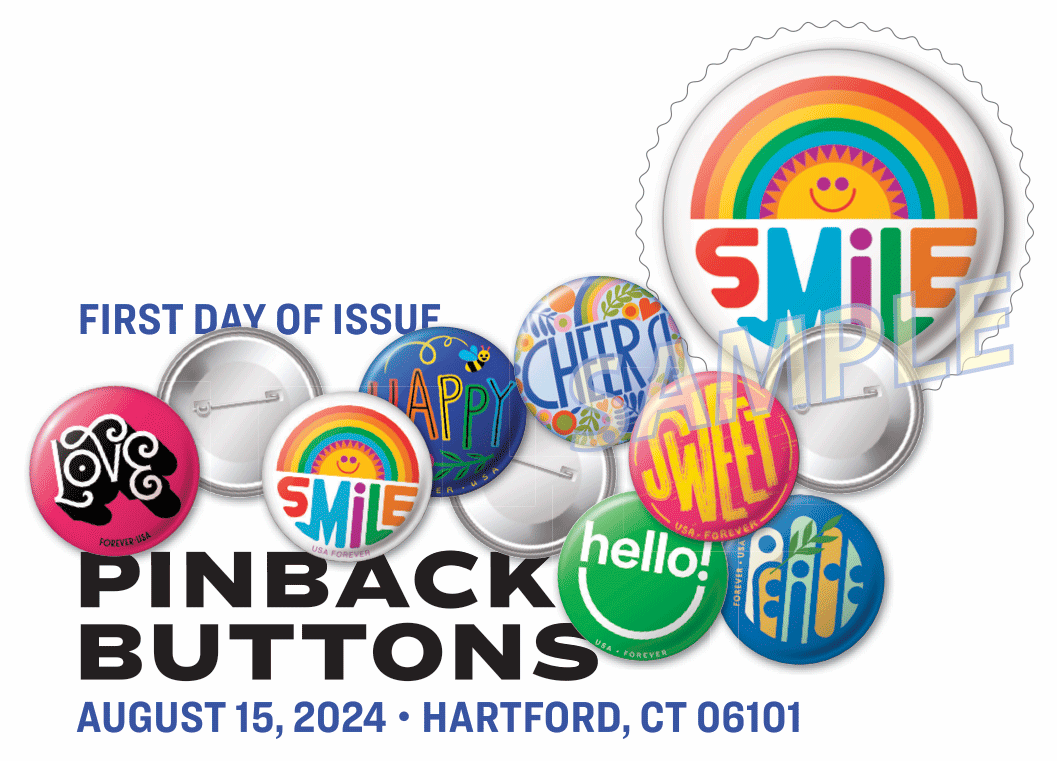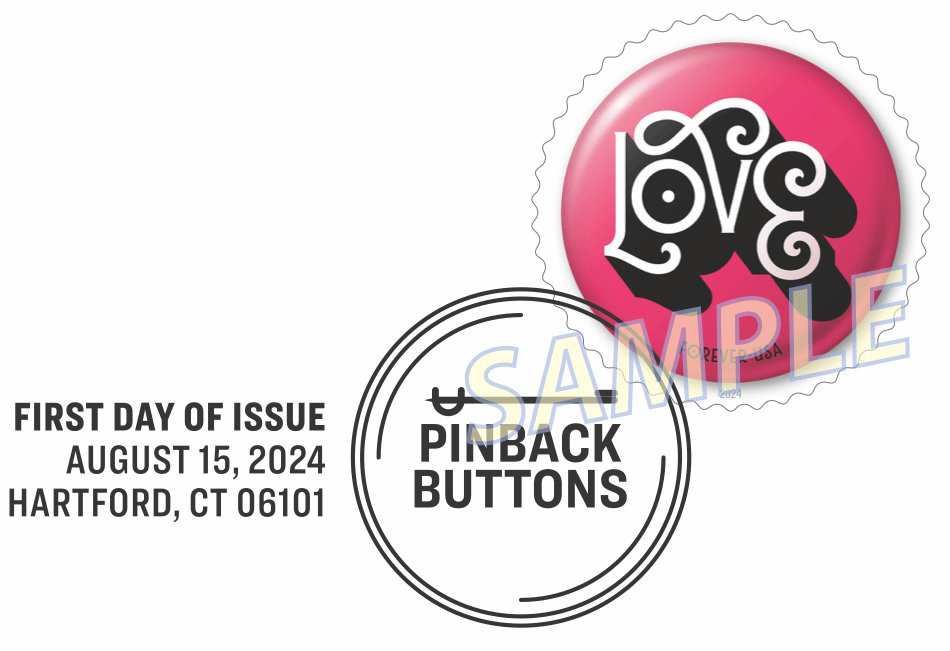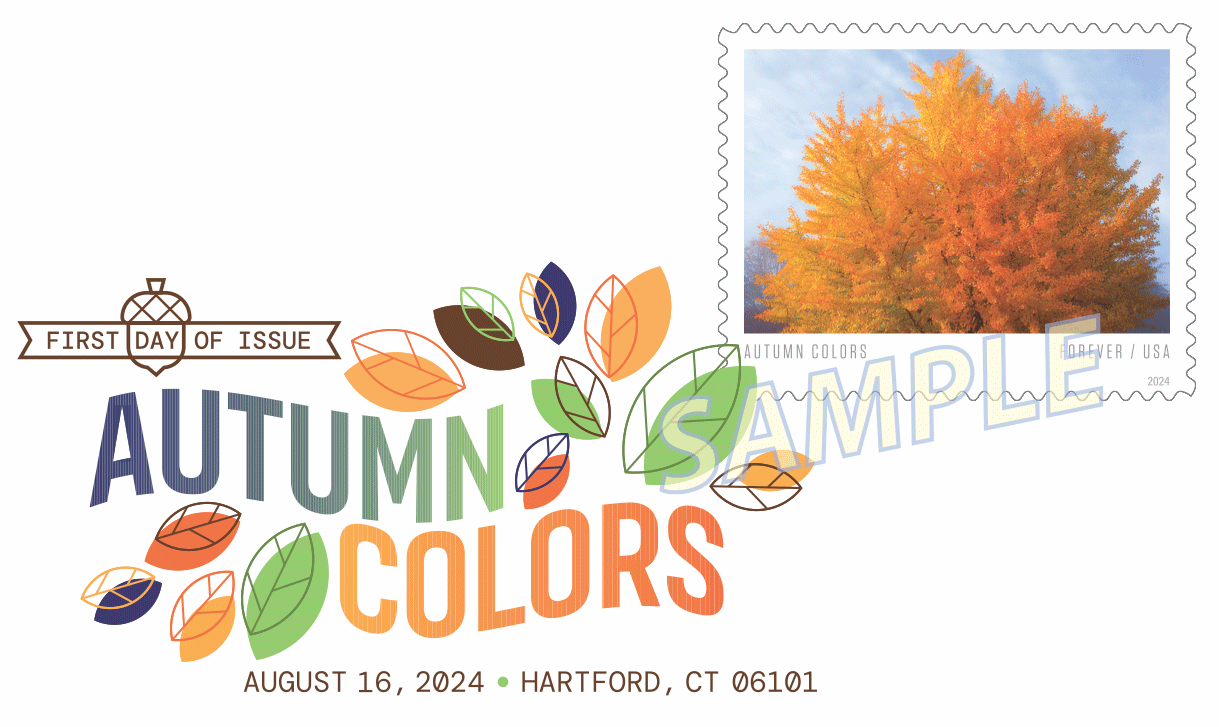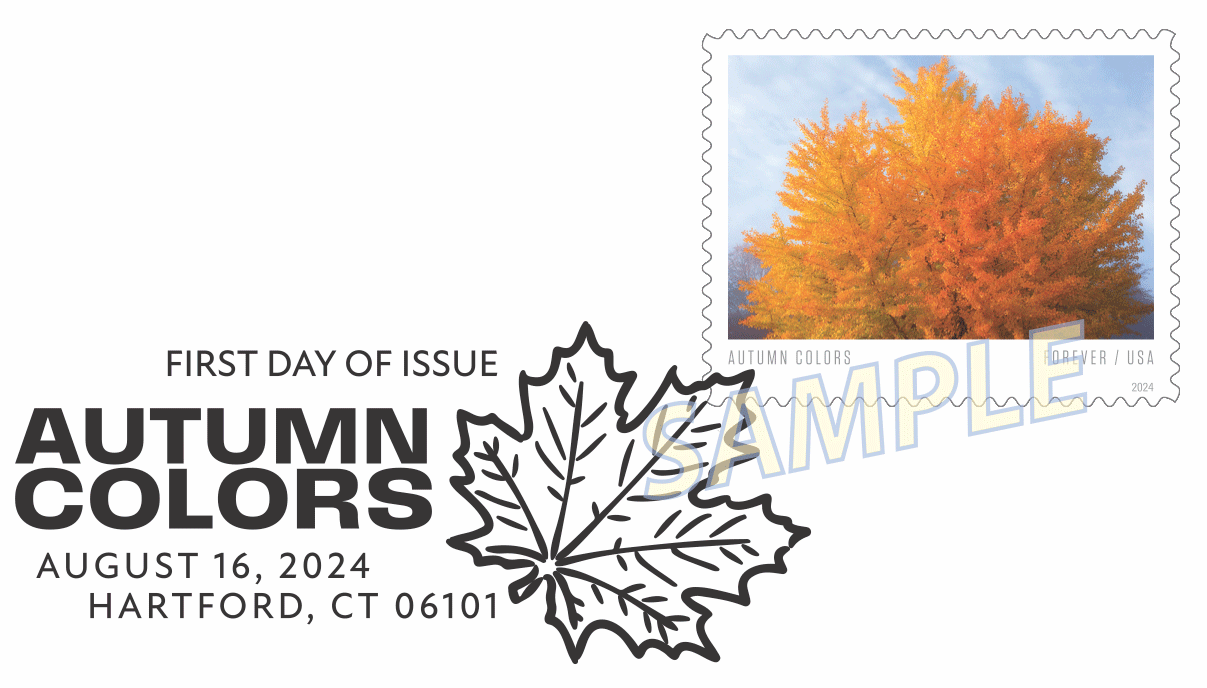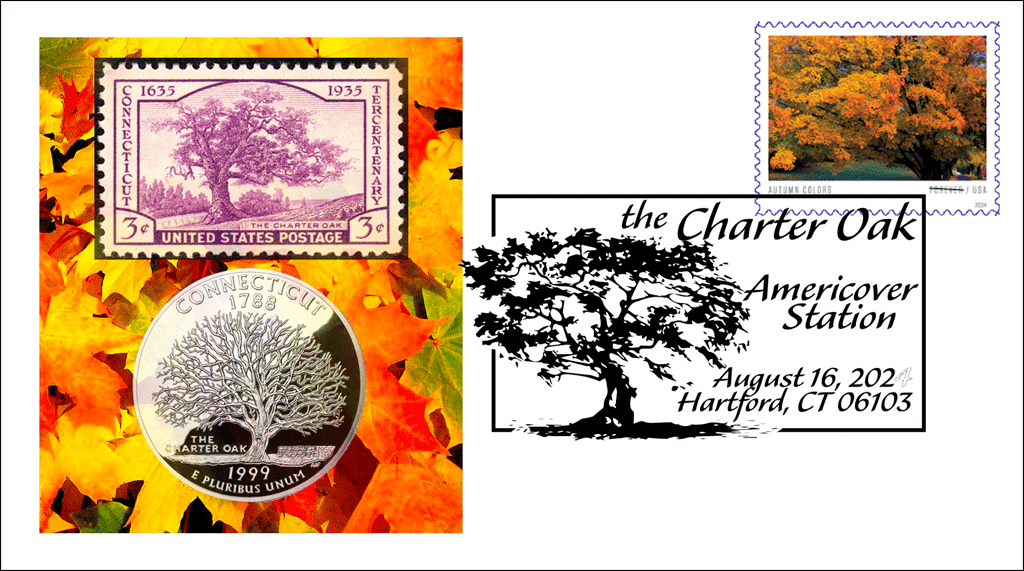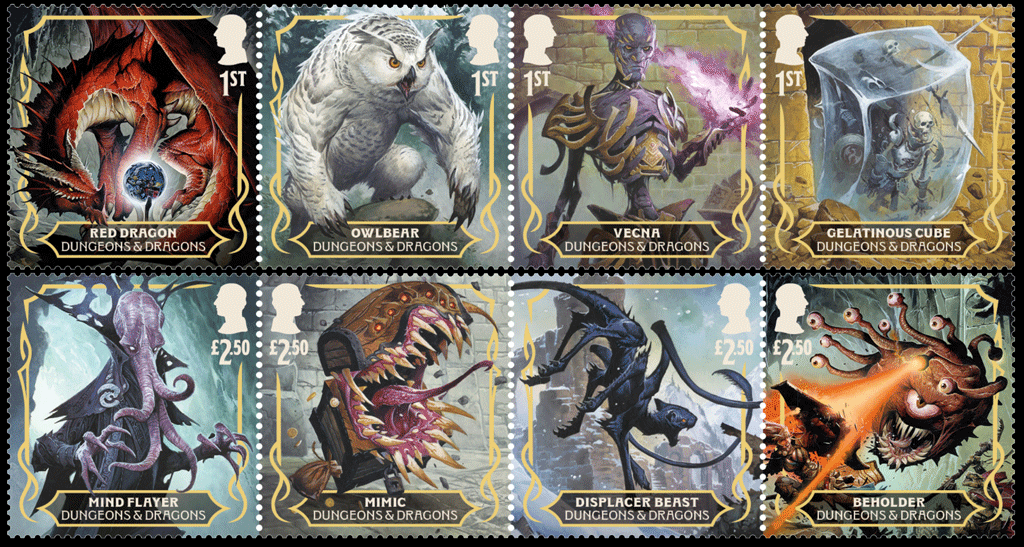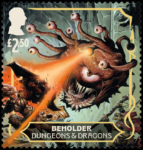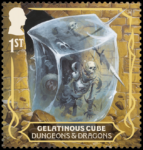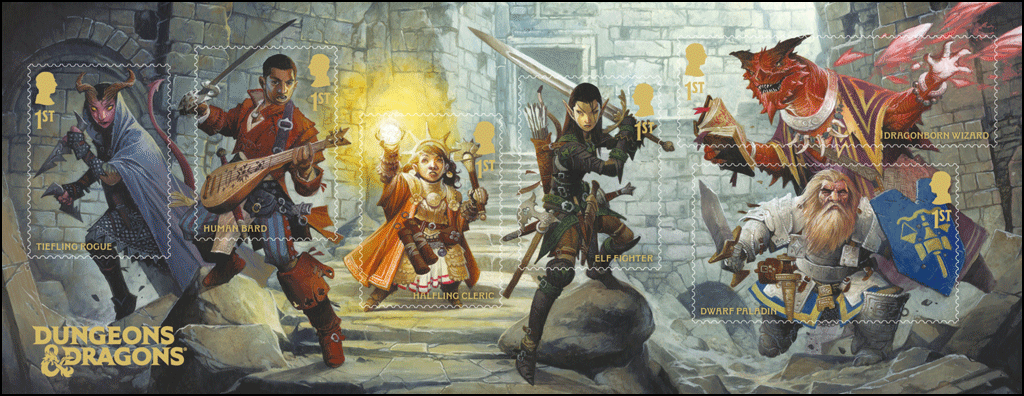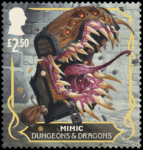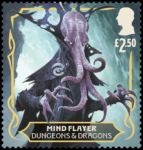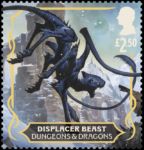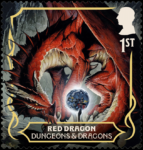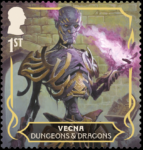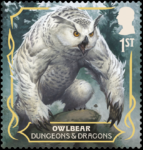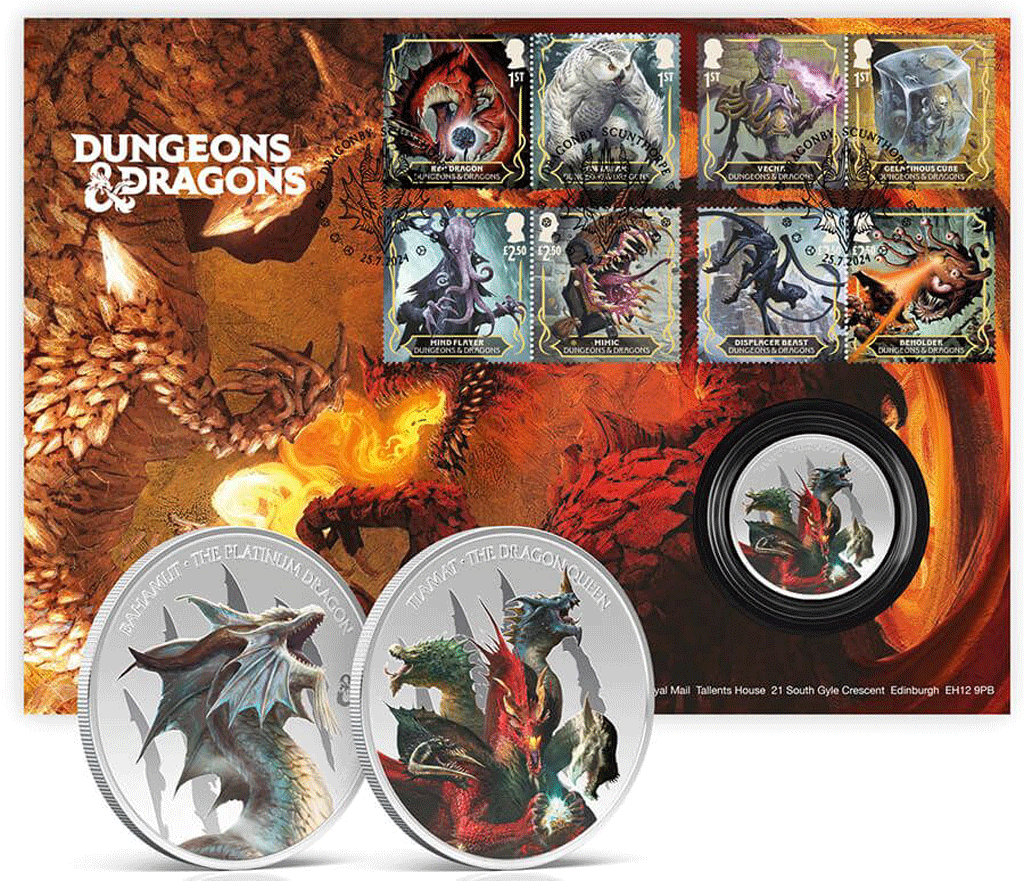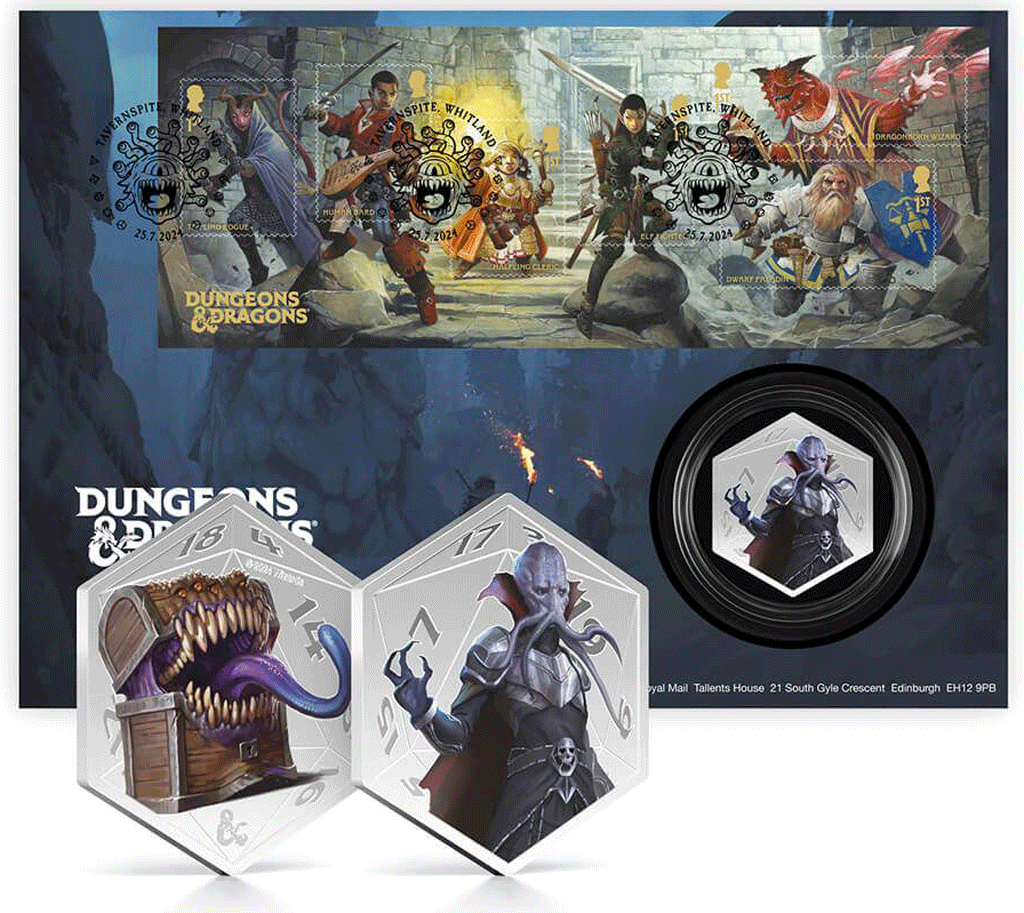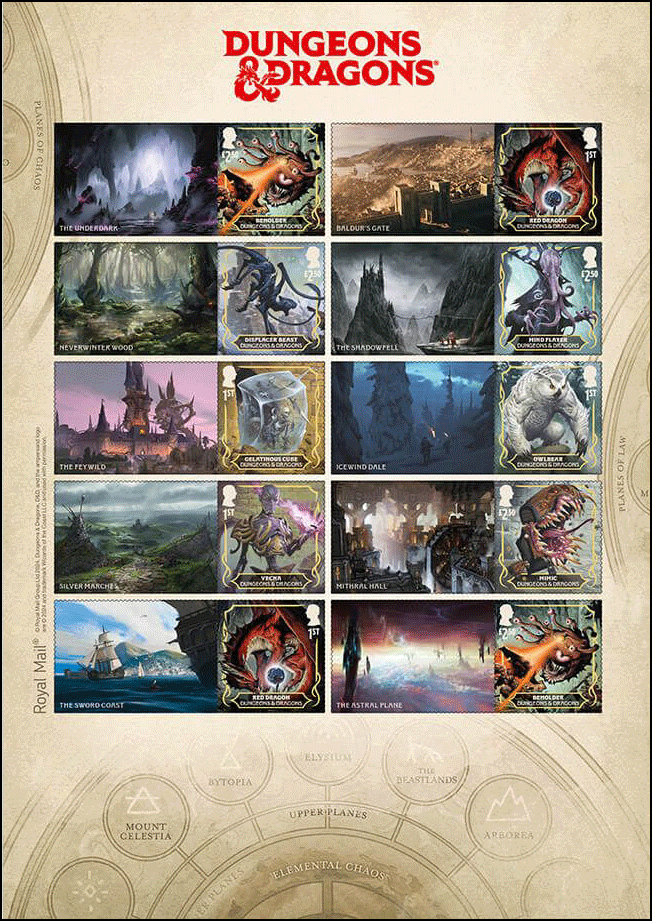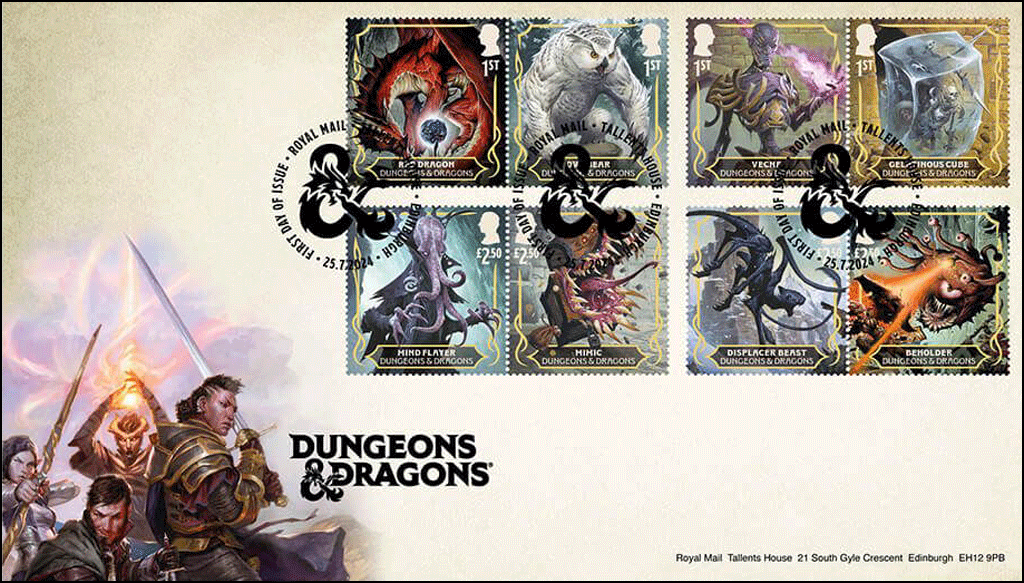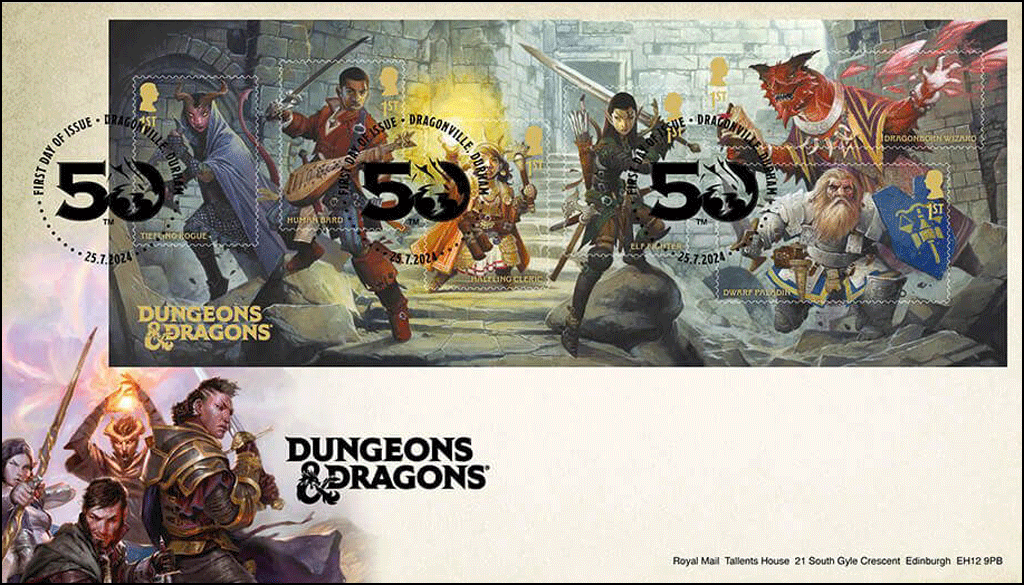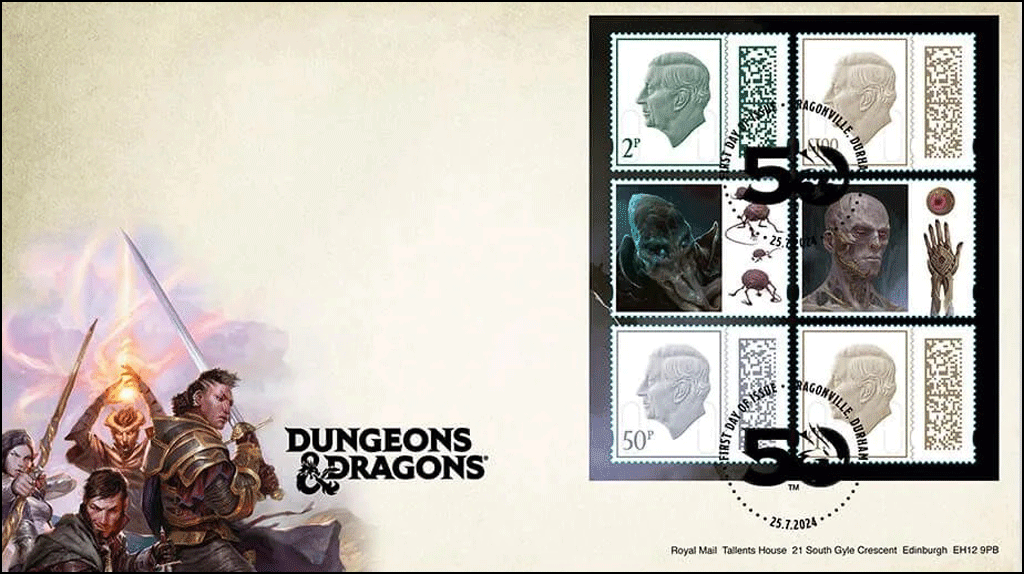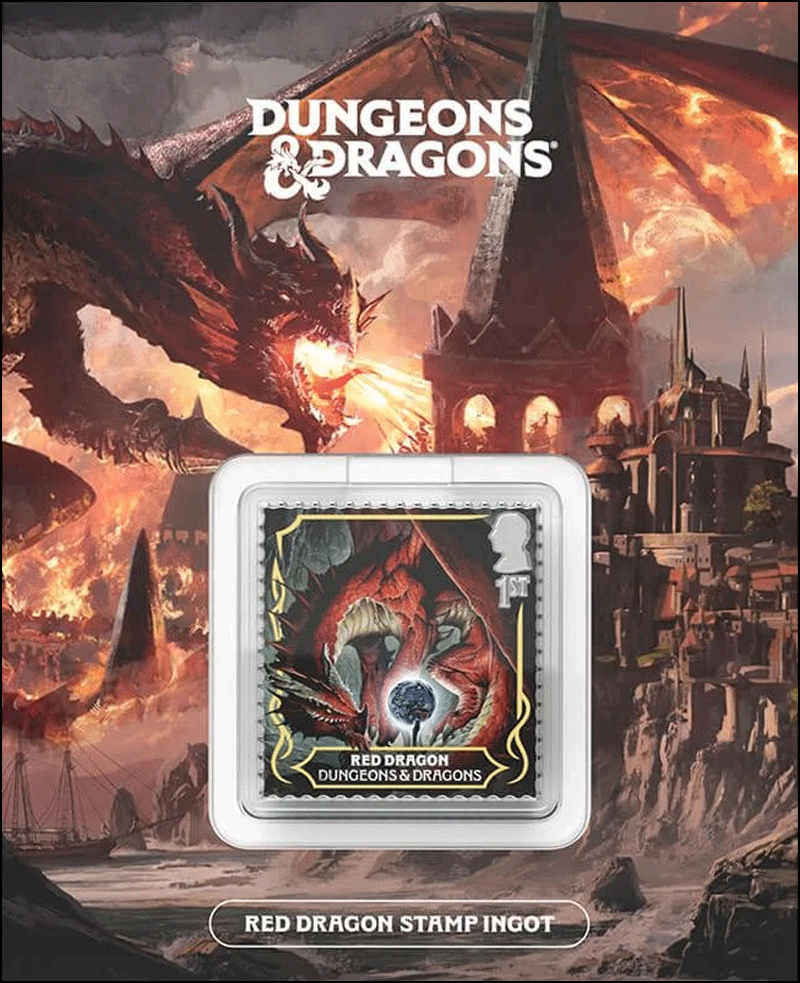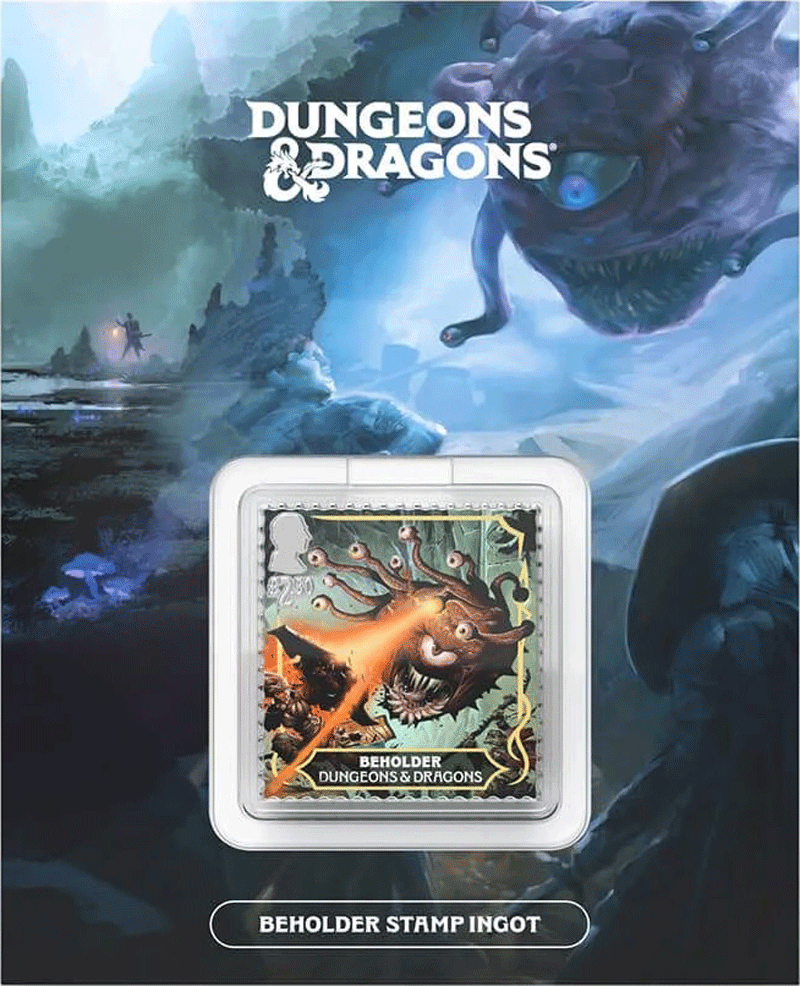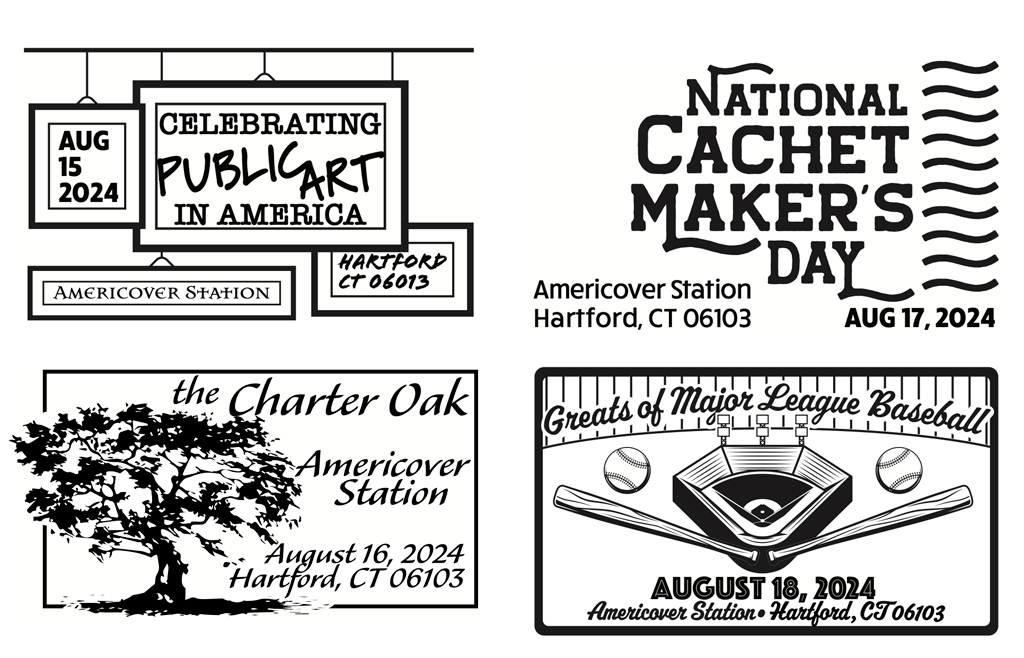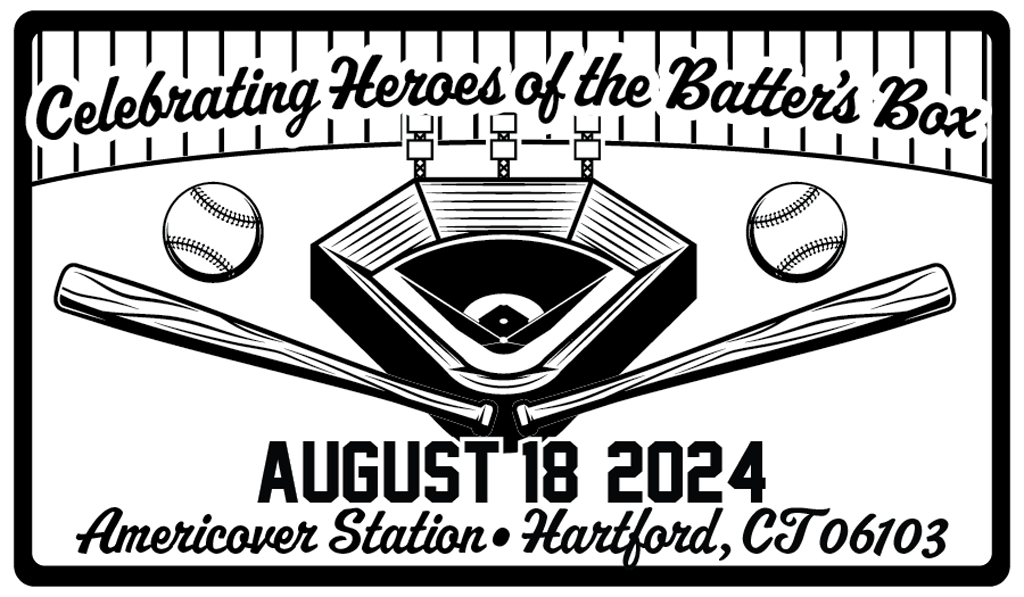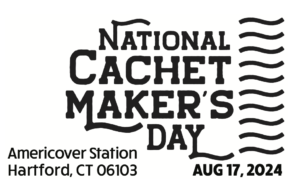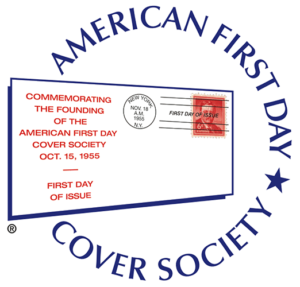Note further down that the date of issue was changed from October 1 to 3 and anyone who had registered to attend the event must re-register.
Announced July 9th:
[press release] [click on any of the pictures for larger versions]
USPS Announces Thank You Healthcare Community Stamp
Stamp to Be Issued in Conjunction with U.S. Dept. of Health and Human Services
 WASHINGTON, DC — The U.S. Postal Service today announced it will pay tribute to the health care community with a new commemorative Forever stamp.
WASHINGTON, DC — The U.S. Postal Service today announced it will pay tribute to the health care community with a new commemorative Forever stamp.
In conjunction with the U.S. Department of Health and Human Services, USPS will recognize health care workers, who dedicate their lives to protect our health, safety and well-being, often at great personal risk.
The artwork consists of health-related icons spelling out the stacked words “thank you” against a pristine white background. Running across the lower right edge of the stamp are the words “Healthcare” in gray and “Community” in surgical green.
Bryan Duefrene was the art director and stamp designer.
The Thank You Healthcare Community stamp will be issued in panes of 20. As a Forever stamp, it will always be equal in value to the current First-Class Mail 1 ounce price.
The official release date and stamp dedication ceremony location will be announced later.
News of the stamp is being shared with the hashtag #ThankYouHealthcareStamp.
New information will appear below the line, with latest at the top.
Updated November 5th:
The Scott catalogue number for this issue is 5947.
Updated September 5th:
Here are the first-day postmarks for this issue: The Digital Color Postmark measures 2.23″ x 1.51″
The Digital Color Postmark measures 2.23″ x 1.51″  The Pictorial Postmark measures 2.75″ X 1.06″
The Pictorial Postmark measures 2.75″ X 1.06″
Updated August 22nd:
On October 1, 2024, in Washington, DC, the United States Postal Service® will issue the  Thank You, Healthcare Community stamp (Forever® priced at the First-Class Mail® rate), in one design, in a pressure-sensitive adhesive (PSA) pane of 20 stamps (Item 485800). This stamp will go on sale nationwide October 1, 2024, and must not be sold or canceled before the first-day-of-issue.
Thank You, Healthcare Community stamp (Forever® priced at the First-Class Mail® rate), in one design, in a pressure-sensitive adhesive (PSA) pane of 20 stamps (Item 485800). This stamp will go on sale nationwide October 1, 2024, and must not be sold or canceled before the first-day-of-issue.
With this stamp, sold in a pane of 20, the Postal Service™ pays tribute to the healthcare community, whose members, sometimes at great personal risk, dedicate their lives to our health, safety, and well-being. The artwork consists of health-related icons spelling out the stacked words “Thank you” against a pristine white background. Running across the lower right edge of the stamp are the words “Healthcare” in gray and “Community” in surgical green. Bryan Duefrene was the art director and stamp designer.
Automatic Distribution.
How to Order the First-Day-of-Issue Postmark:
Customers have 120 days to obtain the first-day-of-issue postmark by mail. They may purchase new stamps at their local Post Office® or at The Postal Store® website at store.usps.com/store/home. They must affix the stamps to envelopes of their choice, address the envelopes (to themselves or others), and place them in a larger envelope addressed to:
 FDOI – Thank You, Healthcare Community Stamp
FDOI – Thank You, Healthcare Community Stamp
USPS Stamp Fulfillment Services
8300 NE Underground Drive, Suite 300
Kansas City, MO 64144-9900
After applying the first-day-of-issue postmark, the Postal Service will return the envelopes through the mail. There is no charge for the postmark up to a quantity of 50. There is a 5-cent charge for each additional postmark over 50. All orders must be postmarked by February 1, 2025.
Technical Specifications:
Issue: Thank You, Healthcare Community Stamp
Item Number: 485800
Denomination & Type of Issue: First-Class Mail Forever
 Format: Pane of 20 (1 design)
Format: Pane of 20 (1 design)
Series: N/A
Issue Date & City: October 1, 2024, Washington, DC 20066
Art Director: Bryan Duefrene, Washington, DC
Designer: Bryan Duefrene, Washington, DC
Modeler: Sandra Lane / Michelle Finn
Manufacturing Process: Offset, Microprint
Printer: Banknote Corporation of America
Press Type: Alprinta 74
Stamps per Pane: 20
Print Quantity: 20,000,000
Paper Type: Phosphor, Block Tag
Adhesive Type: Pressure-sensitive
Colors: Cyan, Magenta, Yellow, Black, PMS Cool Gray 8C, PMS 2413C
Stamp Orientation: Horizontal
Image Area (w x h): 1.4200 x 0.8400 in. / 36.0680 x 21.3360 mm
Overall Size (w x h): 1.5600 x 0.9800 in. / 39.6240 x 24.8920 mm
Full Pane Size (w x h): 7.2400 x 6.5000 in. / 183.8960 x 165.1000 mm
 Press Sheets Size (w x h): 21.7200 x 19.7500 in. / 551.6880 x 501.6500 mm
Press Sheets Size (w x h): 21.7200 x 19.7500 in. / 551.6880 x 501.6500 mm
Plate Size: 180 stamps per revolution
Plate Number: “B” followed by six (6) single digits in bottom two corners
Marginal Markings:
Front: Header: Thank You, Healthcare Community • Plate number in bottom two corners
Back: © 2024 USPS • USPS Logo • Two barcodes (485800) • Plate position diagram (9) • Promotional text
Updated August 19th:
The stamp will be issued Tuesday, October 1, with a ceremony in Washington attended by the Postmaster General and the Secretary of HHS:
[press release] [click on any of the pictures for larger versions]
Healthcare Community Recognized on New Forever Stamp
What: Together with the U.S. Department of Health and Human Services, the U.S. Postal Service will pay tribute to the healthcare community with a new commemorative Forever  stamp.
stamp.
The first-day-of-issue event is free and open to the public. News of the stamp is being shared with the hashtag #ThankYouHealthcareStamp.-
Who:
• Louis DeJoy, postmaster general and chief executive officer of the U.S. Postal Service
• Xavier Becerra, secretary of the U.S. Department of Health and Human Services-
When: Tuesday, Oct. 3, at 2:30 p.m. EDT. Change in date “due to a scheduling conflict.”
 Where:
Where:
U.S. Department of Health and Human Services [right]
Hubert H. Humphrey Building
200 Independence Ave. SW
Washington, DC 20201
RSVP: Anyone who previously registered for the event will need to re-register at usps.com/thankyouhealthcarecommunitystamp by 5:00 p.m. on Oct. 2. Each person must register individually.
Background: The healthcare community encompasses physicians, surgeons, dentists, nurses, midwives, pharmacists, lab technicians, orderlies, home health aides, hospital  custodians and emergency medical workers, among others. It also includes public health professionals such as epidemiologists, microbiologists and data analysts. USPS will recognize the healthcare community, as these individuals dedicate their lives to protect our health, safety and well-being, often at great personal risk.
custodians and emergency medical workers, among others. It also includes public health professionals such as epidemiologists, microbiologists and data analysts. USPS will recognize the healthcare community, as these individuals dedicate their lives to protect our health, safety and well-being, often at great personal risk.
The stamp artwork consists of health-related icons spelling out the stacked words “thank you” against a pristine white background. Running across the lower right edge of the stamp are the words “Healthcare” in gray and “Community” in surgical green.
Bryan Duefrene was the art director and stamp designer.
The Thank You Healthcare Community stamp will be issued in panes of 20. As a Forever stamp, it will always be equal in value to the current First-Class Mail 1 ounce price.
Updated July 16th:
The new issue of Philatelic, the Postal Service’s philatelic catalogue, has a poster that puts this stamp in the fourth quarter of this year.
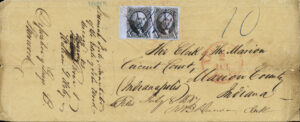 Excellence in First Day Cover Literature. The article appeared in the February 2023 issue of The Chronicle of the US Classic Postal Issues. It is the story of a July 2, 1847, cover sent from New York City to Indianapolis, franked with the 10-cent George Washington (Scott 2), one of the first two U.S. stamps. It was first discovered in 1972 and is currently on display at the National Postal Museum. [Photo here courtesy of the NPM.]
Excellence in First Day Cover Literature. The article appeared in the February 2023 issue of The Chronicle of the US Classic Postal Issues. It is the story of a July 2, 1847, cover sent from New York City to Indianapolis, franked with the 10-cent George Washington (Scott 2), one of the first two U.S. stamps. It was first discovered in 1972 and is currently on display at the National Postal Museum. [Photo here courtesy of the NPM.] He is a recipient of the Charles J. Peterson Philatelic Literature Life Achievement Award, and served as a vice president of the American Philatelic Society and trustee of the American Philatelic Research Library.
He is a recipient of the Charles J. Peterson Philatelic Literature Life Achievement Award, and served as a vice president of the American Philatelic Society and trustee of the American Philatelic Research Library.

